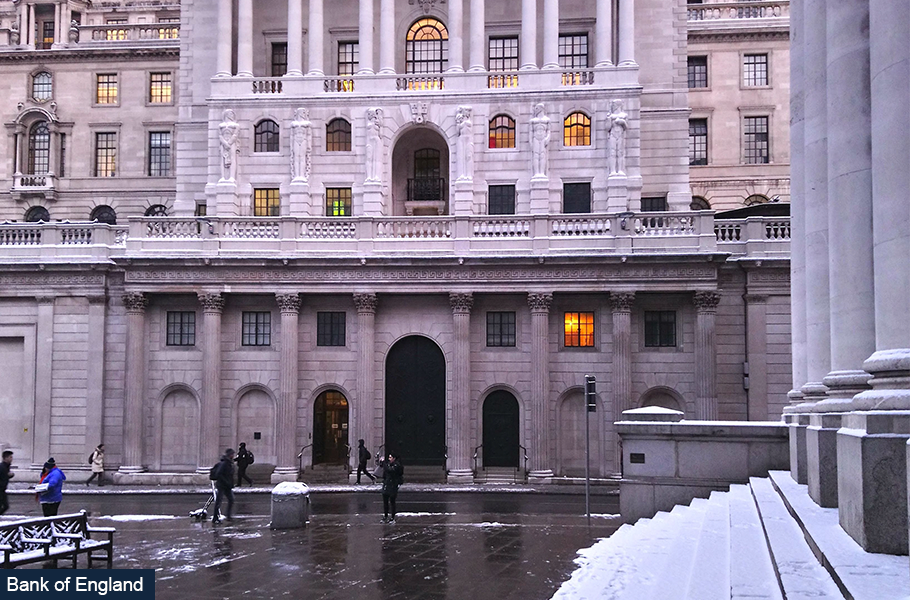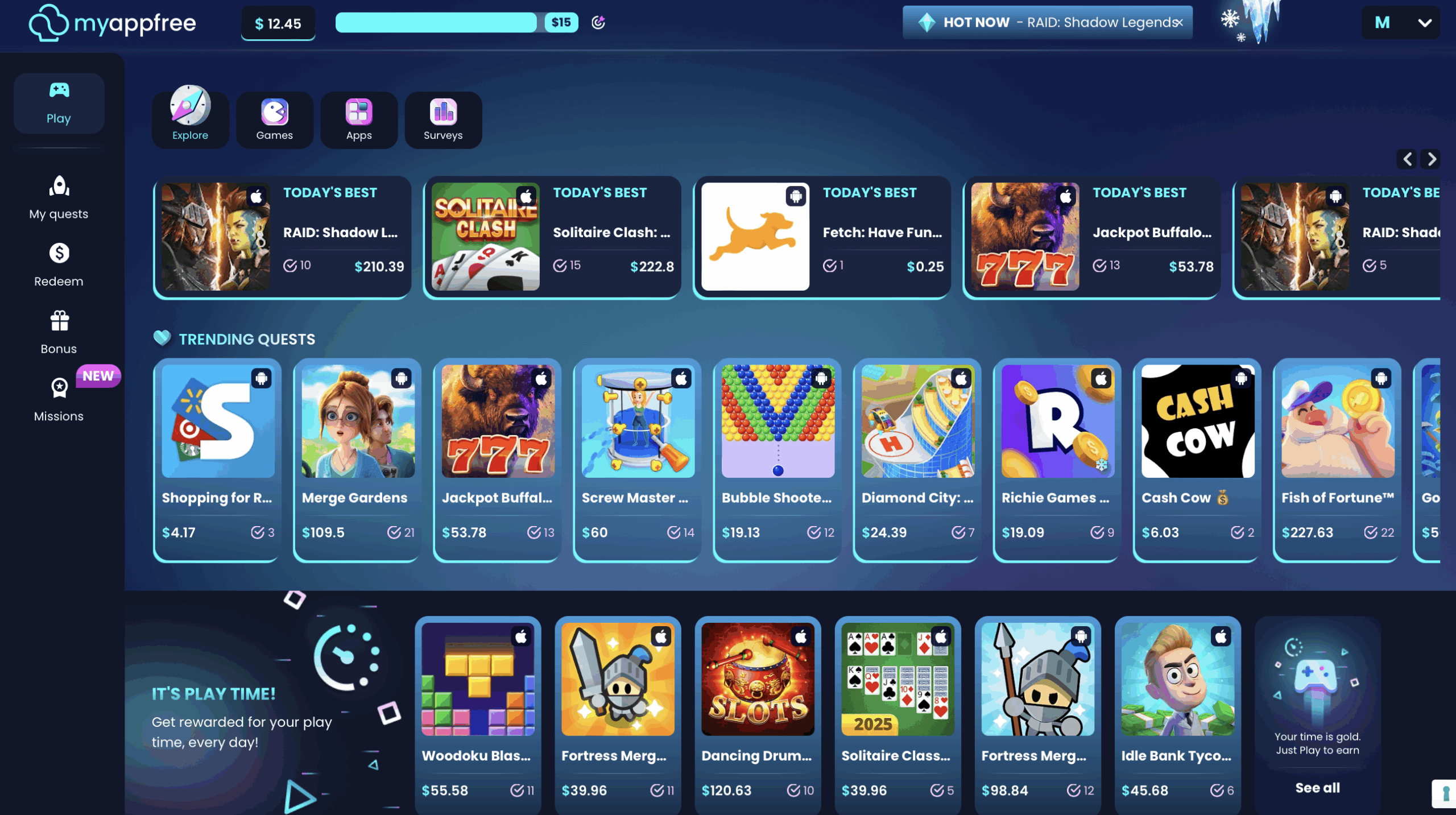“Often the challenges center on affordability,” he said. “The millennial buyer has more ongoing monthly expenses than previous generations. Thirty years ago, most people didn’t have a cell phone, streaming services, delivery services and coffee shop memberships. All these eat into the affordability of housing.”
The Apartment List report notes that millennials are catching up to Gen X, as both generations were delayed in homeownership by the 2008 housing crisis. Still, into their late 30s, millennial homeownership trails Gen X in 48 states, with only Indiana, Iowa, and the District of Columbia as places where Millennials have the edge.
In addition, millennials are fleeing the large cities for smaller, more rural homes. The report states that Millennial homeownership is 52% in non-metropolitan parts of the country, but only 35% in the nation’s largest urban markets.
The top cities for Millennial homeownership reflect those statistics. Grand Rapids, Michigan, has the highest percentage at just over 60%. The rest of the top 10 includes Minneapolis, St. Louis, Raleigh, Indianapolis, Cincinnati, Pittsburgh, Louisville, Kansas City, and Birmingham, Alabama.
Meanwhile, the bottom 10 metro markets include six California markets: Los Angeles, San Jose, San Diego, San Francisco, Riverside, and Fresno. The other four are Honolulu, New York City, Miami, and Las Vegas.
Publisher: Source link











